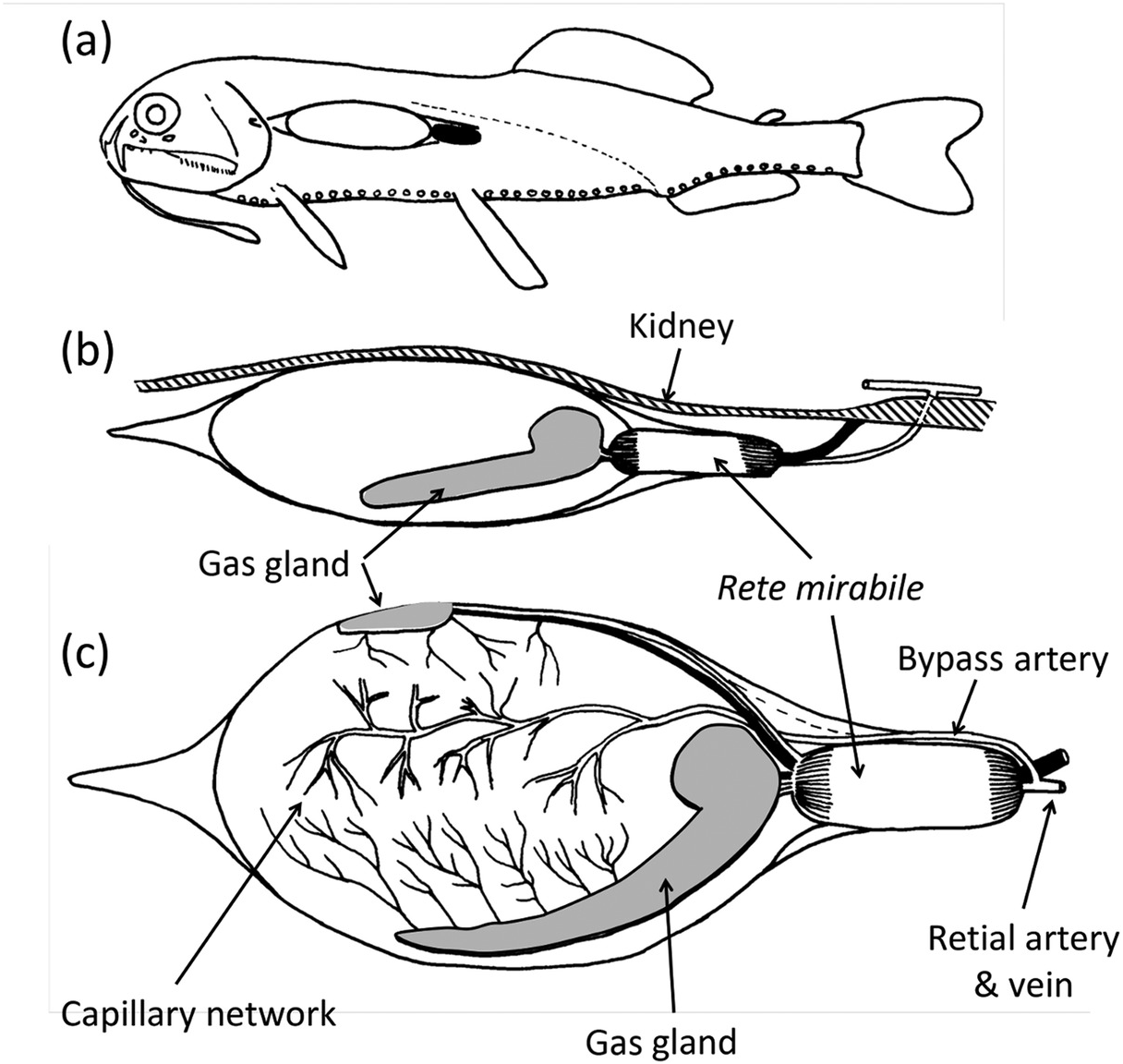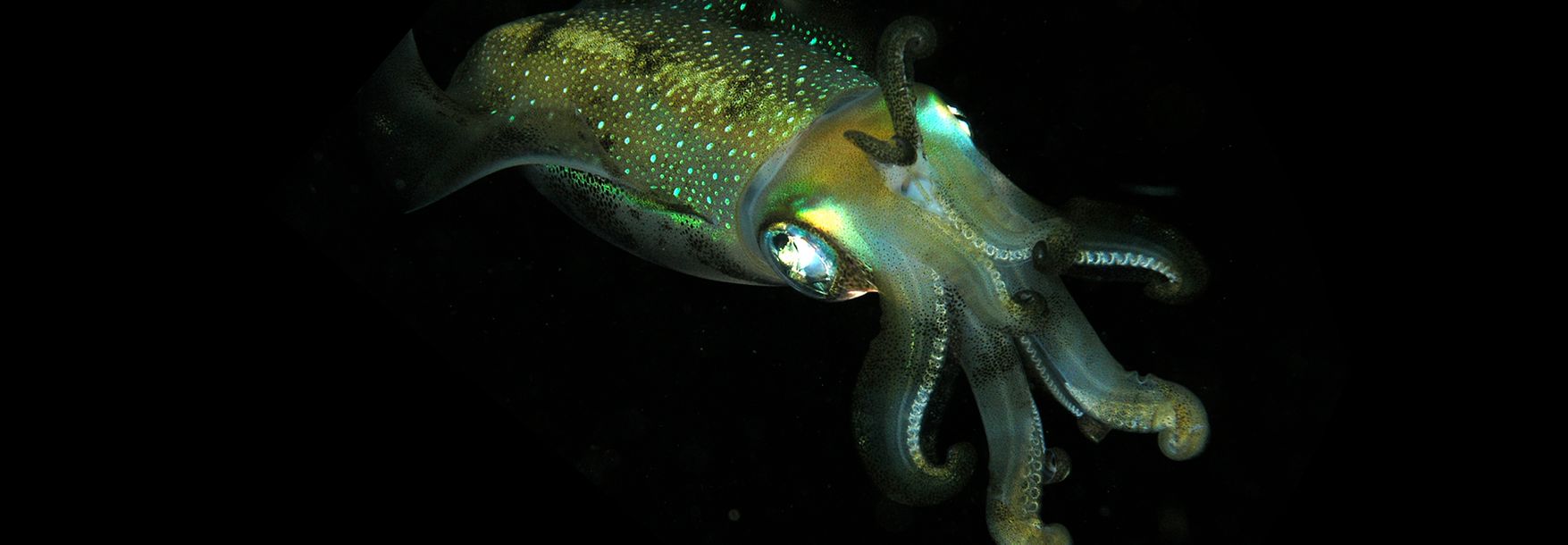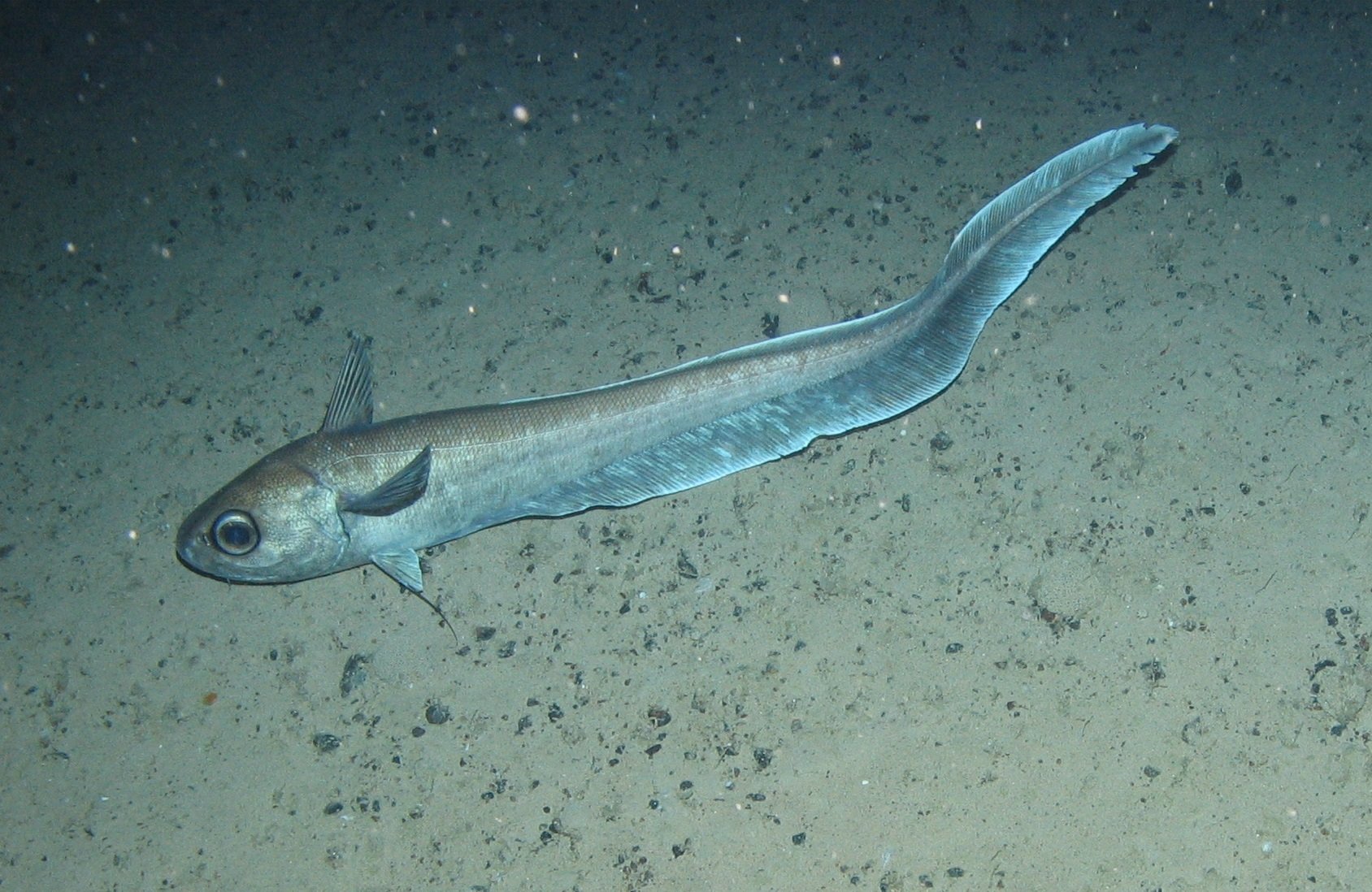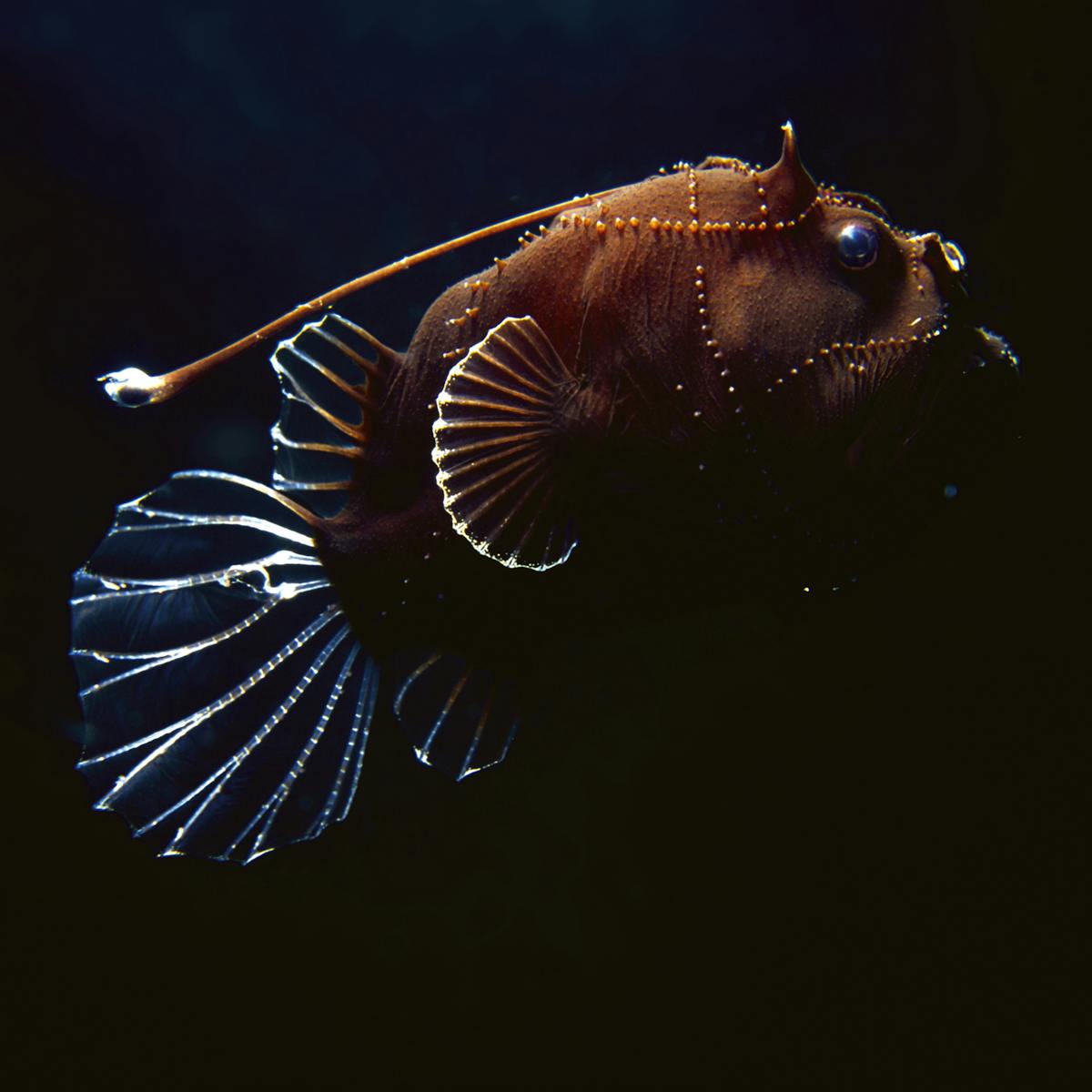Deep Ocean Animals Adaptations
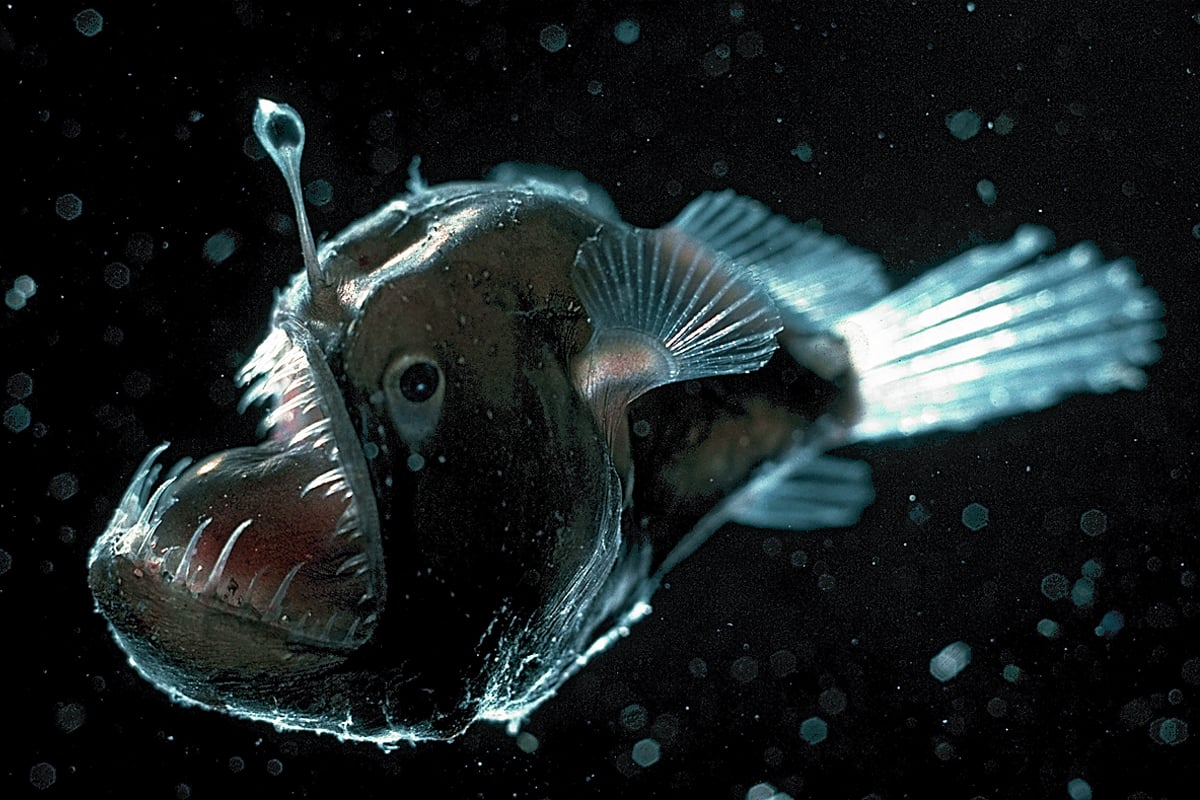
Animals adapt to their environments to help them survive.
Deep ocean animals adaptations. In this lesson students consider the diversity of animals in the deep ocean noting similarities and variations in how animals have adapted to their deep ocean environment. Fish Biologist Kate Bemis Illustrator Rachel Keeffe and Ocean Educator Lara Noren. Contains a chart for students to label the different zones of the ocean as well as a chart to keep track of different animalcreature adaptations in different zones.
But deep ocean animals such as this Barreleye fish have evolved excellent eyes for seeing in near-total darkness. Coastal plants need special adaptations to survive. In future lessons students will research rocky shore animals to compare animals in these 2 habitats.
In some other deep-sea fishes eyes are very small as they are of little apparent use and still others are without eyes. Ocean animals have unique adaptations depending on what ocean habitat they. The Deep Marine Community Hydrothermal vents.
Many animals such as cockles are adapted to live in these conditions. Deep ocean animals adaptations. Many animals make their own light called bioluminescence to communicate find mates scare predators or attract prey.
In the deep sea animals bodies are often transparent eg Squid and Jelly fishes. Deep-sea creatures are animals that live below the photic zone of the ocean. Enzymes exhibit reduced perturbation of function by pressure membranes have fluidities adapted to deep-sea pressures and temperatures and proteins show.
Bioluminescent Octopod Bioluminescence is an important adaptation that helps many deep sea animals survive in their dark world. First off the deep ocean is dark because sunlight cant penetrate very far into the water. Filter feeders are oceanic animals that feed on floating organisms by straining them out of the moving water.
